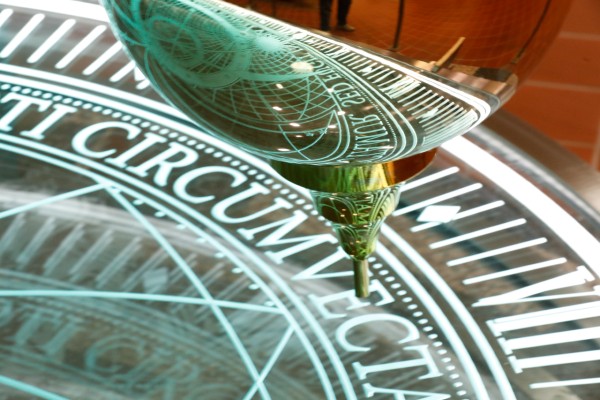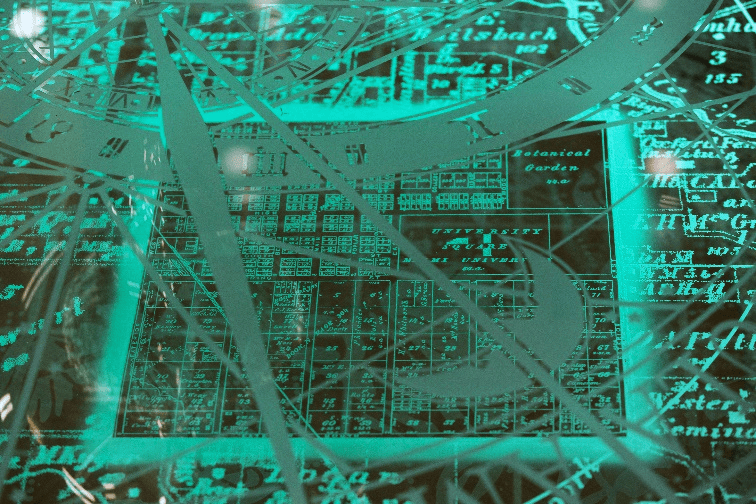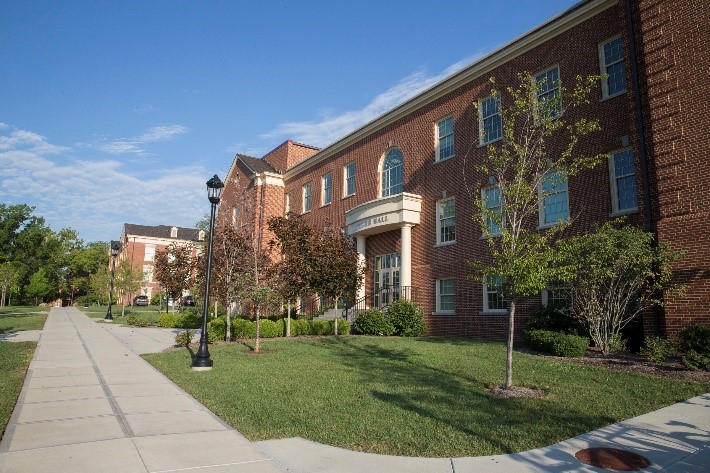
Facilities
Kreger Hall
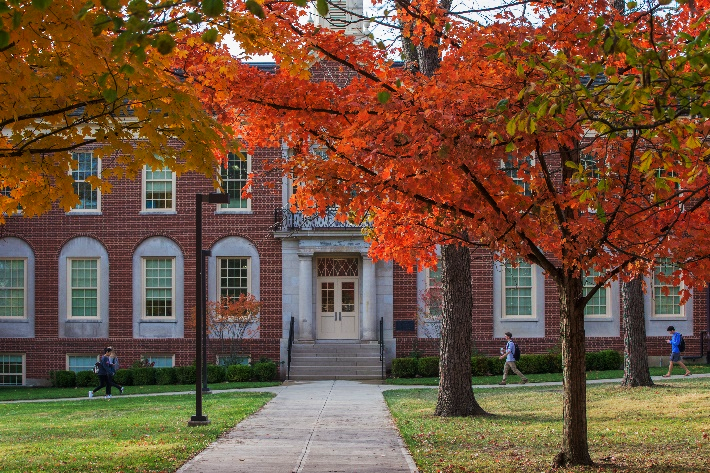

Kreger Hall
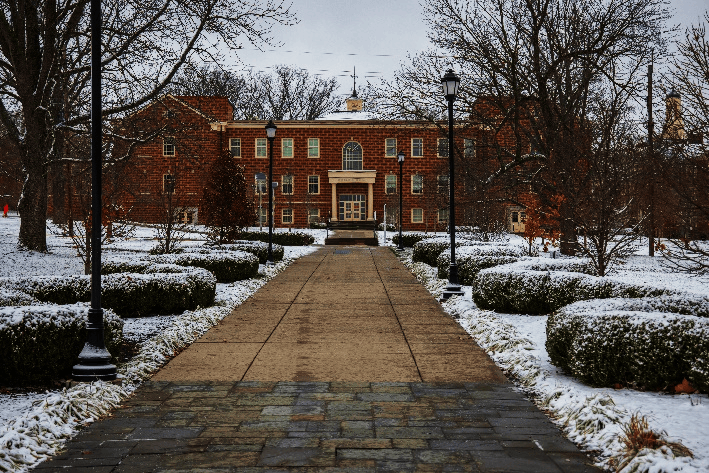

SCALE-UP
Since the Department of Physics moved to Kreger Hall, instructors are teaching introductory physics courses in an active, student-centered learning mode known as SCALE-UP (Student Centered Activities for Large Enrollment Undergraduate Programs). This approach of teaching combines traditional lecture and lab classes, while students perform hands-on activities and problem solving under the guidance of a professor supported by teaching assistants. Each group has a computer and work can be projected from any station in the room to one of several white boards. The students work collaboratively on laboratory projects, computer modeling and paper-and-pencil problem solving. The activities are interspersed with short lectures.

Foucault Pendulum
